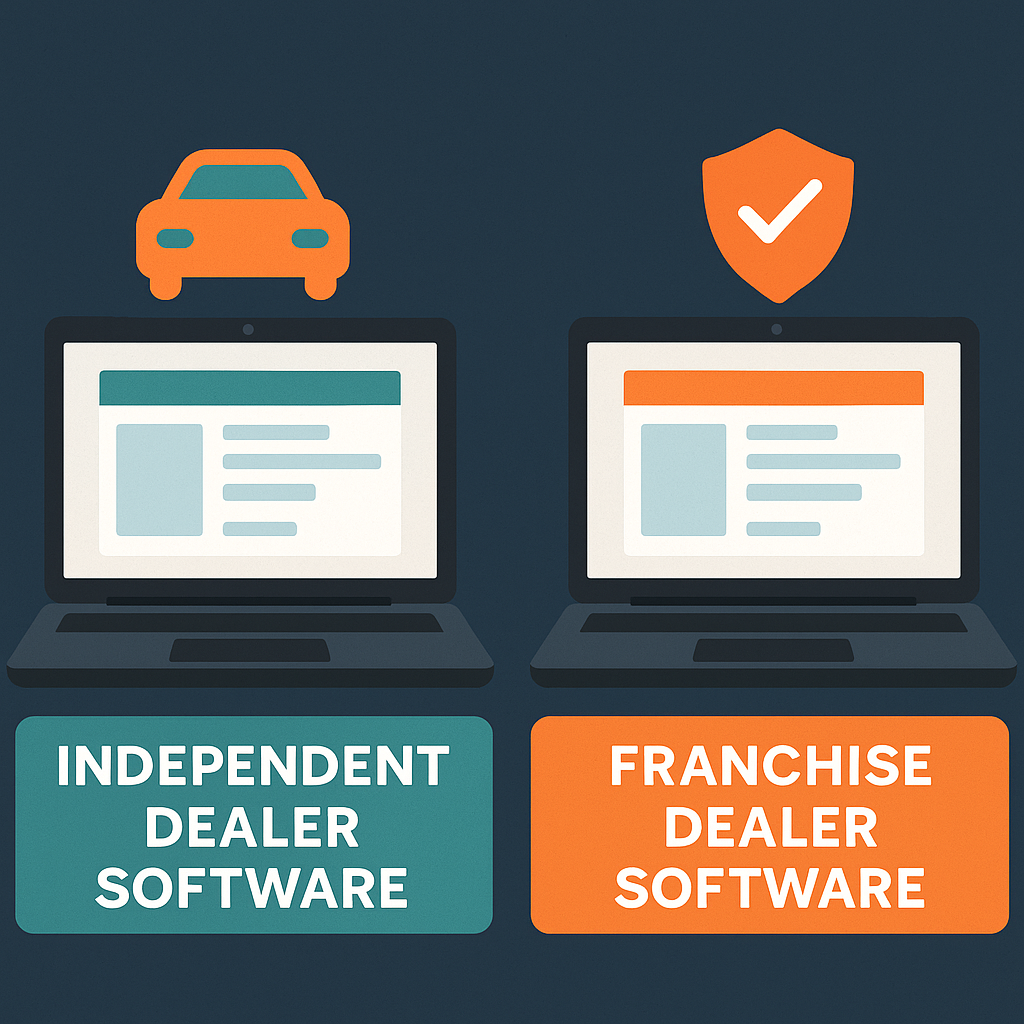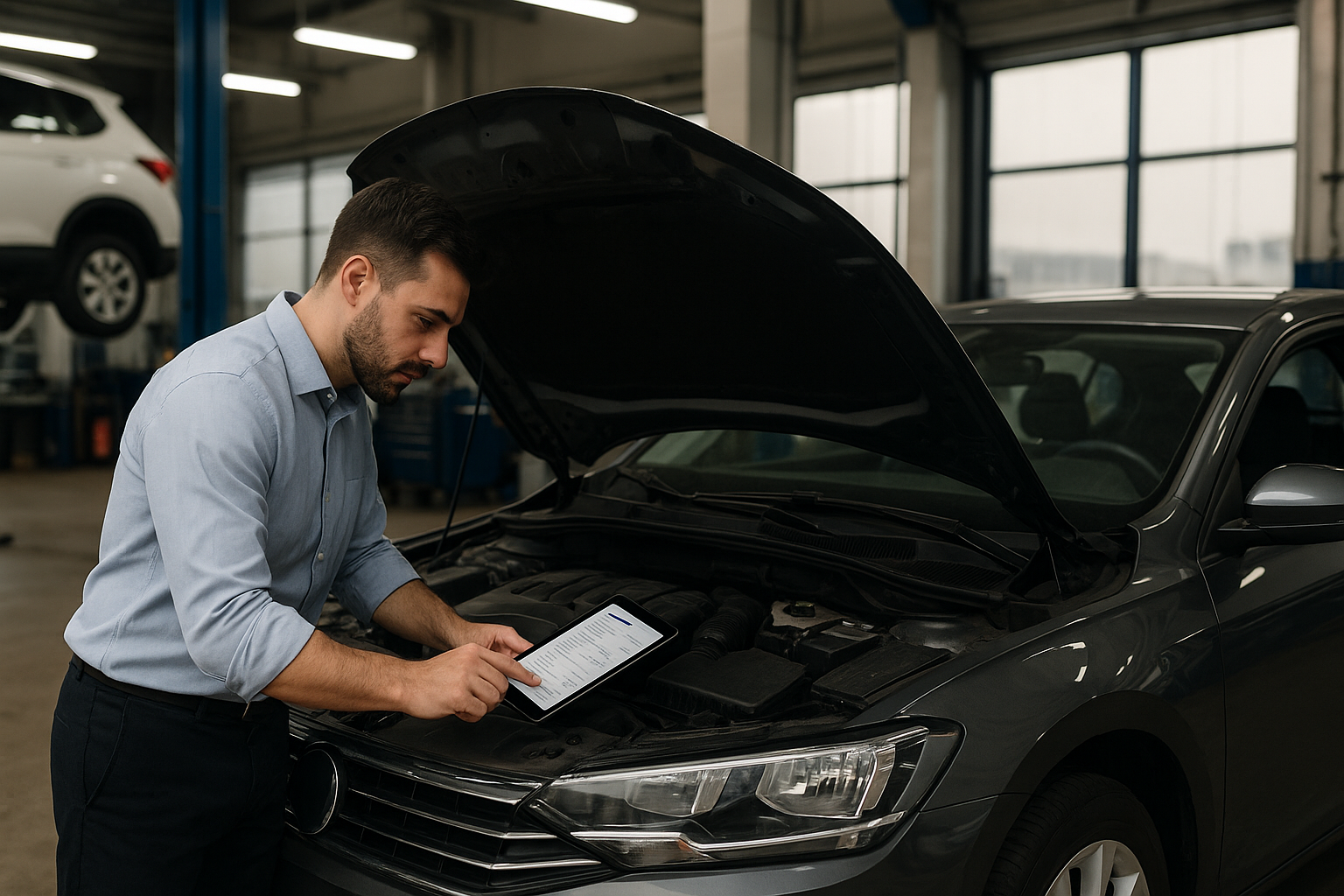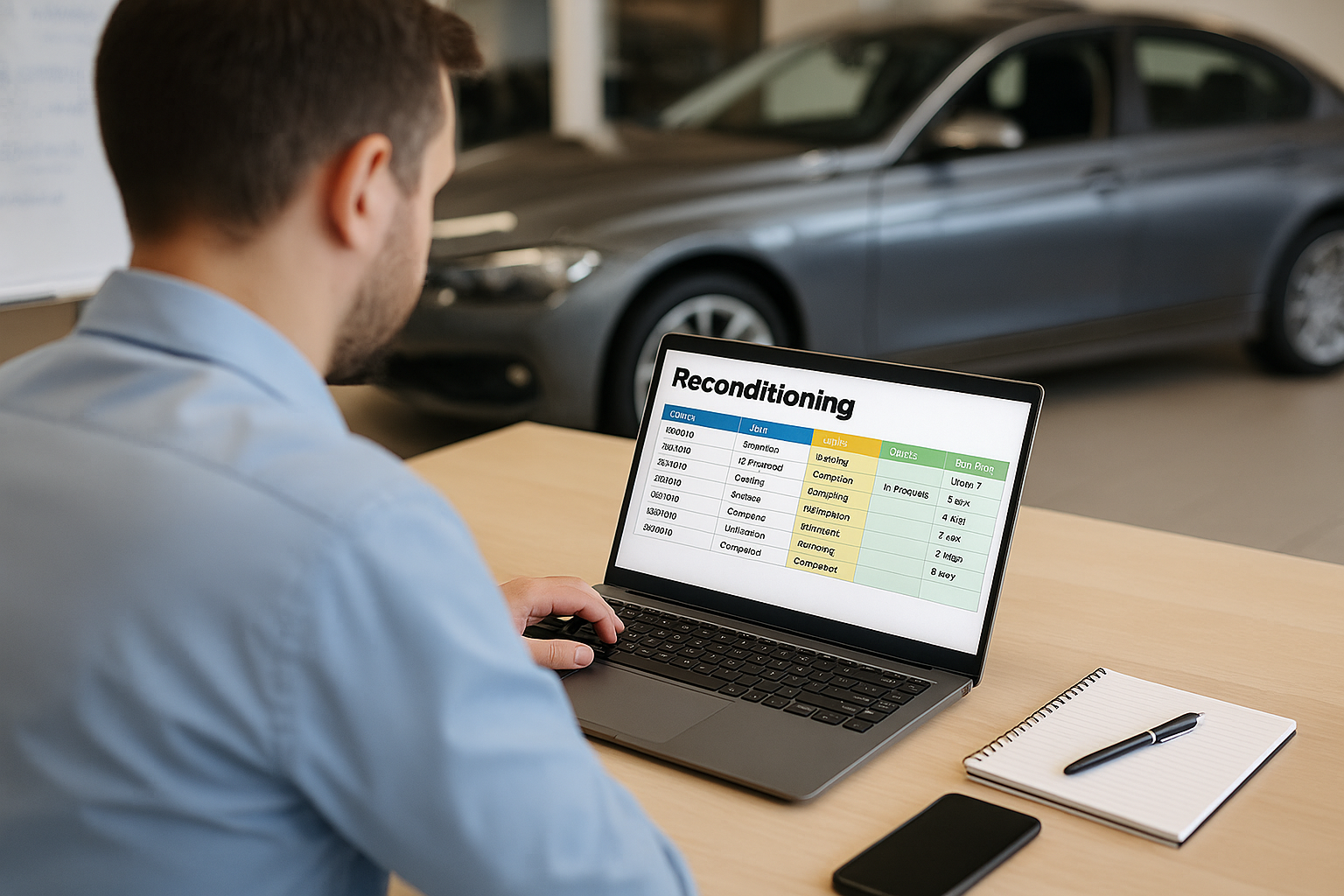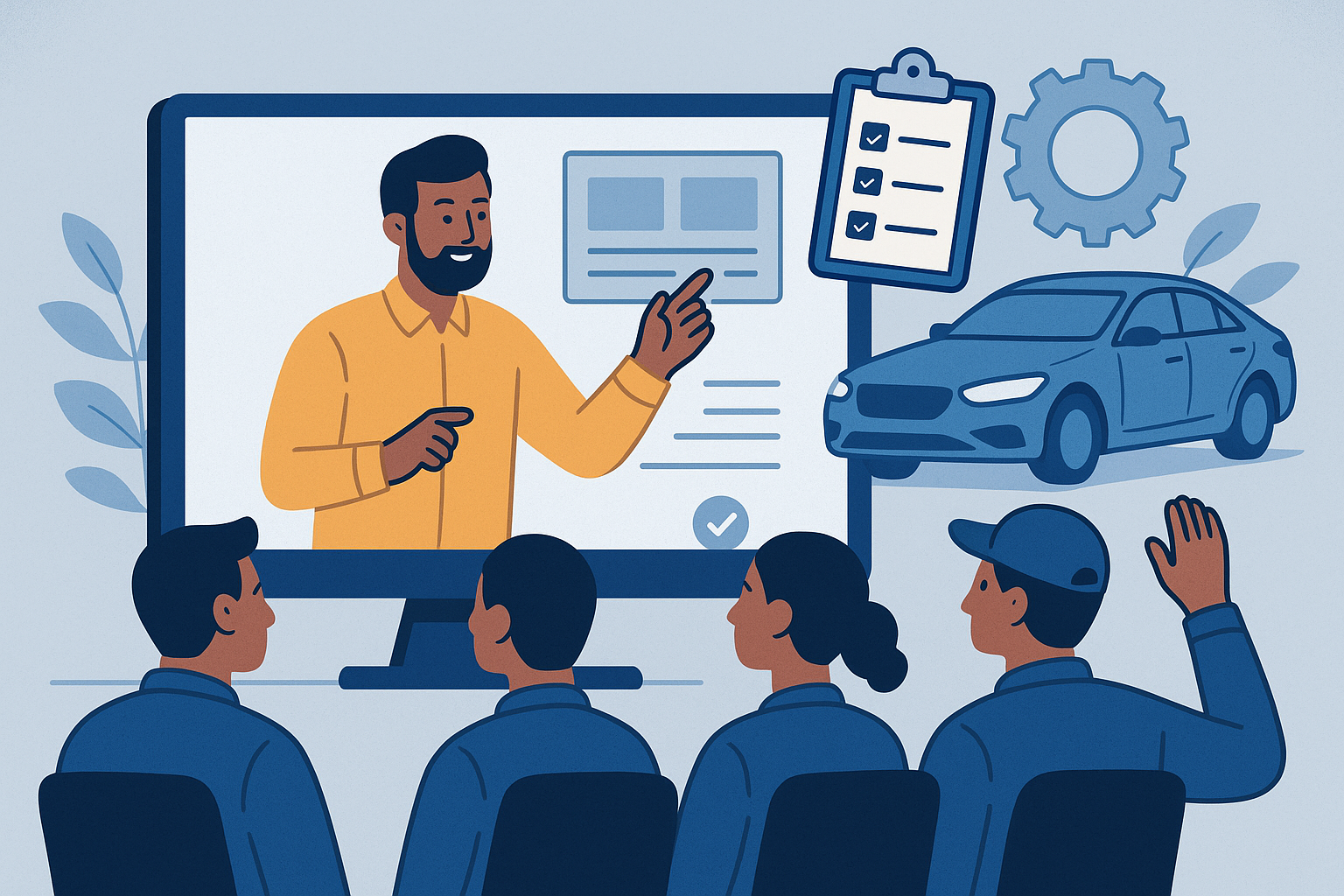For car dealerships, front-end profit for car dealers is the most straightforward measure of success. It’s the money made from the vehicle’s sale price after subtracting costs like acquisition, reconditioning, and sales expenses. But while this may seem like a simple equation, maximizing front-end profit requires a deeper understanding of vehicle pricing strategies, market dynamics, and customer behavior.
In this article, we’ll explore what front-end profit is, why it matters, and how car dealers can optimize their pricing and sales strategies to drive higher returns on every vehicle sold.
What is Front-End Profit?
Front-end profit refers to the gross profit earned from the sale of a vehicle. This is the difference between the vehicle’s final sale price and the cost to acquire and prepare that vehicle for sale. Costs included in this calculation typically consist of:
- Vehicle acquisition cost: The price paid at auction, trade-in, or wholesaler.
- Reconditioning costs: Any repairs, detailing, or upgrades made to the vehicle before it’s sold.
- Sales expenses: Commission payouts, marketing, and advertising costs.
Once these expenses are accounted for, what’s left is the dealership’s front-end profit. While this is often the focus of sales negotiations, the real key to maximizing it lies in understanding market demand, the unique value of your inventory, and the customer’s perceived value of the vehicle.
Why Front-End Profit Matters
Front-end profit is often the most visible and immediate form of profit for a dealership. Here’s why it’s crucial:
- Direct Impact on Revenue: Every dollar made from a vehicle sale contributes directly to the dealership’s overall revenue. Front-end profit provides the most immediate return on the investment a dealer has made into inventory, making it a critical metric for financial success.
- Inventory Turnover and Cash Flow: Efficiently priced vehicles that sell quickly boost cash flow, enabling dealerships to reinvest in new inventory and keep operations running smoothly. By optimizing front-end profits, dealers can ensure faster inventory turnover, which ultimately enhances overall profitability.
- Competitive Positioning: In a competitive market, dealers must strike a balance between maximizing profit and remaining competitive. Understanding where the market stands allows dealers to price vehicles strategically, ensuring they remain attractive to buyers without sacrificing margin.
- Customer Perception and Satisfaction: While maximizing profit is crucial, so is maintaining positive customer relationships. Front-end profit isn’t just about charging more—it’s about justifying the price. Customers are willing to pay more when they perceive value in the vehicle. They also trust the dealership, which ties directly to long-term customer satisfaction and loyalty.
- Brand Positioning: A dealership’s pricing strategy and front-end profit potential also shape how the brand is perceived in the marketplace. Offering the best deals, fair prices, and high-quality inventory enhances a dealership’s reputation and ensures that customers see the value in choosing them over competitors.
How to Maximize Front-End Profit for Car Dealers
Maximizing front-end profit isn’t just about increasing the price tag on a vehicle. Successful dealerships implement strategic pricing and operational efficiencies to boost their profits while maintaining customer satisfaction. Here are key strategies to increase front-end profitability:
- Optimize Pricing Using Market Intelligence: The days of guessing the right price for a vehicle are long not available. Today, dealers have access to advanced market data that helps them understand regional demand, competitive pricing, and customer trends. Tools like Carketa’s Market Report can provide real-time insights. It enables dealers to price their vehicles for maximum profitability while remaining competitive.
- Recondition for Profit: While it may seem counterintuitive to spend more on reconditioning, investing in the right repairs and upgrades can significantly increase a vehicle’s perceived value. A well-reconditioned vehicle commands a higher price, resulting in a better front-end profit margin. However, it’s essential to balance the cost of reconditioning with the vehicle’s potential sale price.
- Leverage Trade-Ins: Trade-ins provide an opportunity to acquire inventory at below-market prices, giving dealerships more room to increase front-end profit. Offering competitive trade-in values can bring in new customers while providing additional profit margins on trade-in vehicles.
- Sales Team Training: A well-trained sales team can make a significant difference in how much profit a dealership earns from each sale. Your team should be available to present vehicles in the best light, highlight unique selling points, and negotiate effectively. It is to secure the highest possible sale price without losing the customer.
- Present Value, Not Just Price: Customers are willing to pay more when they feel they are getting value for their money. Ensure that your sales team is trained to sell the vehicle’s features and benefits, not just its price. Emphasizing a vehicle’s condition, features, or uniqueness will help justify a higher price and ultimately increase front-end profit.
- Monitor Inventory Turn Rates: Vehicles that sit on the lot for too long not only tie up valuable capital but also depreciate in value, cutting into your front-end profit. By closely monitoring inventory turnover rates, dealers can avoid price reductions and optimize pricing to sell vehicles more quickly while maintaining profit margins.
Conclusion: Front-End Profit as the Foundation of Success
Front-end profit is the foundation of a dealership’s financial health. It directly impacts cash flow, profitability, and a dealer’s ability to reinvest in inventory. While backend profit (from finance and insurance products) is essential, front-end profit for car dealers is the core of day-to-day operations and long-term sustainability.
Maximizing front-end profit requires strategic pricing, efficient operations, and a strong focus on customer satisfaction. By leveraging data, optimizing reconditioning, and training your sales team to present value over price, dealerships can ensure that they are getting the most out of every vehicle achieve sale.
Carketa provides the tools you need to make smarter pricing decisions and streamline operations, helping you maximize your front-end profit. Contact us today to learn how our data-driven solutions can elevate your dealership’s profitability.
Explore related articles to learn more about software solutions for car dealerships:






